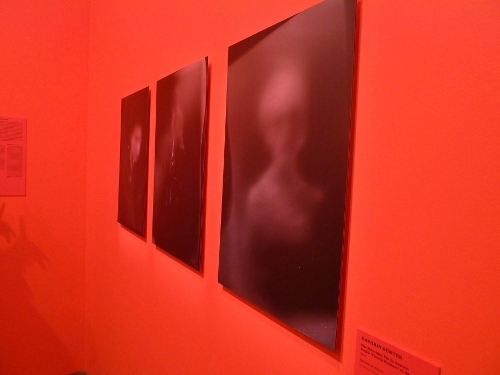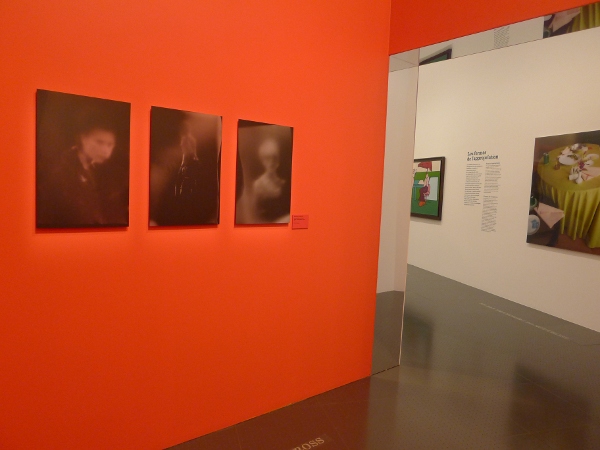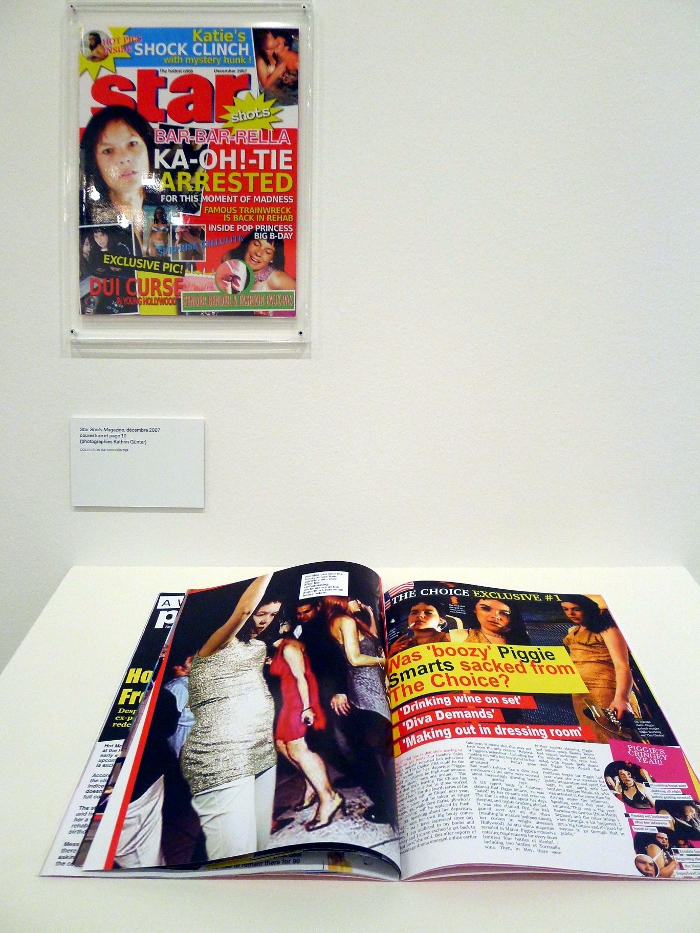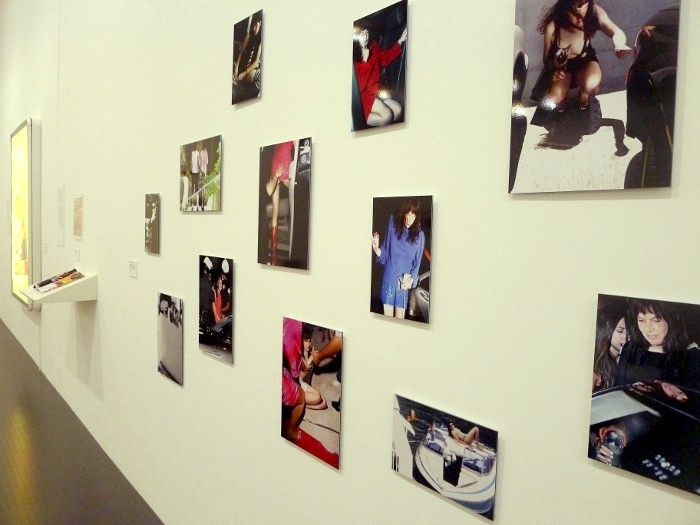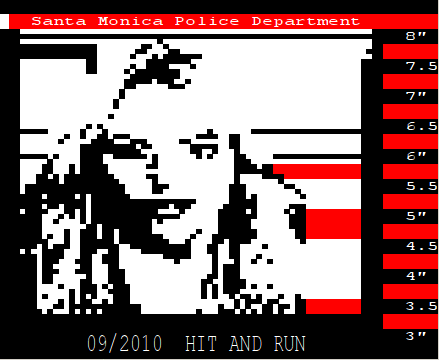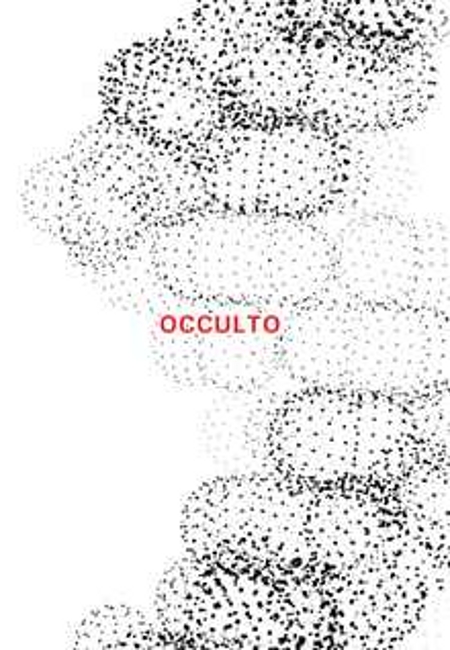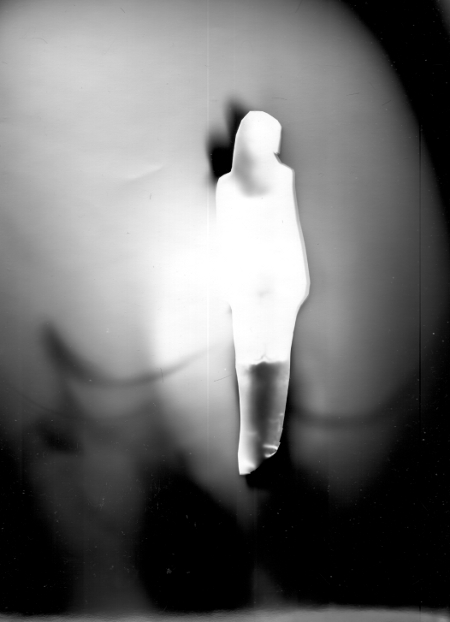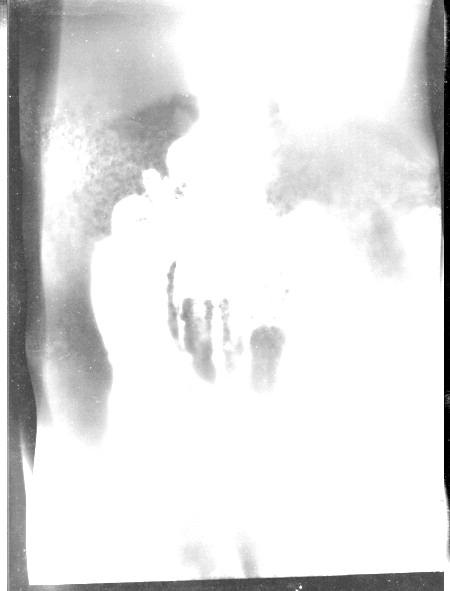Paparazzi! Photographers, stars and artists
Centre Pompidou-Metz dedicates an unprecedented exhibition to the phenomenon and aesthetic of paparazzi photography through more than 600 works (photography, painting, video, sculpture, installation, etc.).
The exhibition is divided into three parts: Photographers, Stars and Artists.
RED CARPET (INTRODUCTION)
The visitor steps into the exhibition space to be immediately confronted with paparazzi flashes from an installation by Malachi Farrell, titled Interview (Paparazzi). Photographs showing a pack of paparazzi “hunting their prey” create a mise en abyme that plunges the visitor into a new role as a star, while giving them a taste of the pressure celebrities are under.
PHOTOGRAPHERS
A profession
The profession of paparazzo is more complex than it seems. Paparazzi must be ingenious, mounting what are often delicate, high-risk operations. They each have their tricks of the trade and tales to tell which together form the grand story of “paparazzism”.
In a series of interviews with paparazzi, a presentation of their tools (including spy cameras, long lenses and disguises), photographs by Francis Apesteguy, Olivier Mirguet, Jessica Dimmock and Christophe Beauregard, and an excerpt from Raymond Depardon’s Reporters film, this section goes behind-the-scenes of the paparazzi.
Myths
The figure of the paparazzo was invented by Federico Fellini in 1960. The name is a contraction of “pappataci” (mosquitoes) and “ragazzi” (ruffians). The paparazzo is portrayed as a post-modern anti-hero. Since La Dolce Vita, he has become one of the mythical figures of popular culture.
Excerpts from films by Dario Argento, Federico Fellini, Brian De Palma, Louis Malle and Andrzej Zulawski, from the 1930s to the present, reveal the public’s perception of the paparazzo as a solitary figure, often down on his luck. Devoid of morals or scruples, and therefore hard to love, he is the double negative of the war correspondent.
STARSUnder scrutiny The other side |
ARTISTSForms of appropriation Through the paparazzo’s lens |
|
| NEWSSTAND (CONCLUSION) Celebrity magazines satisfy the demand of a media industry which has its own rhetoric and its own, unmistakable page layout. Through works by Jonathan Horowitz, Armin Linke, Paul McCarthy and Andy Warhol, this last section raises the question of how paparazzi photos reach their audience. |

